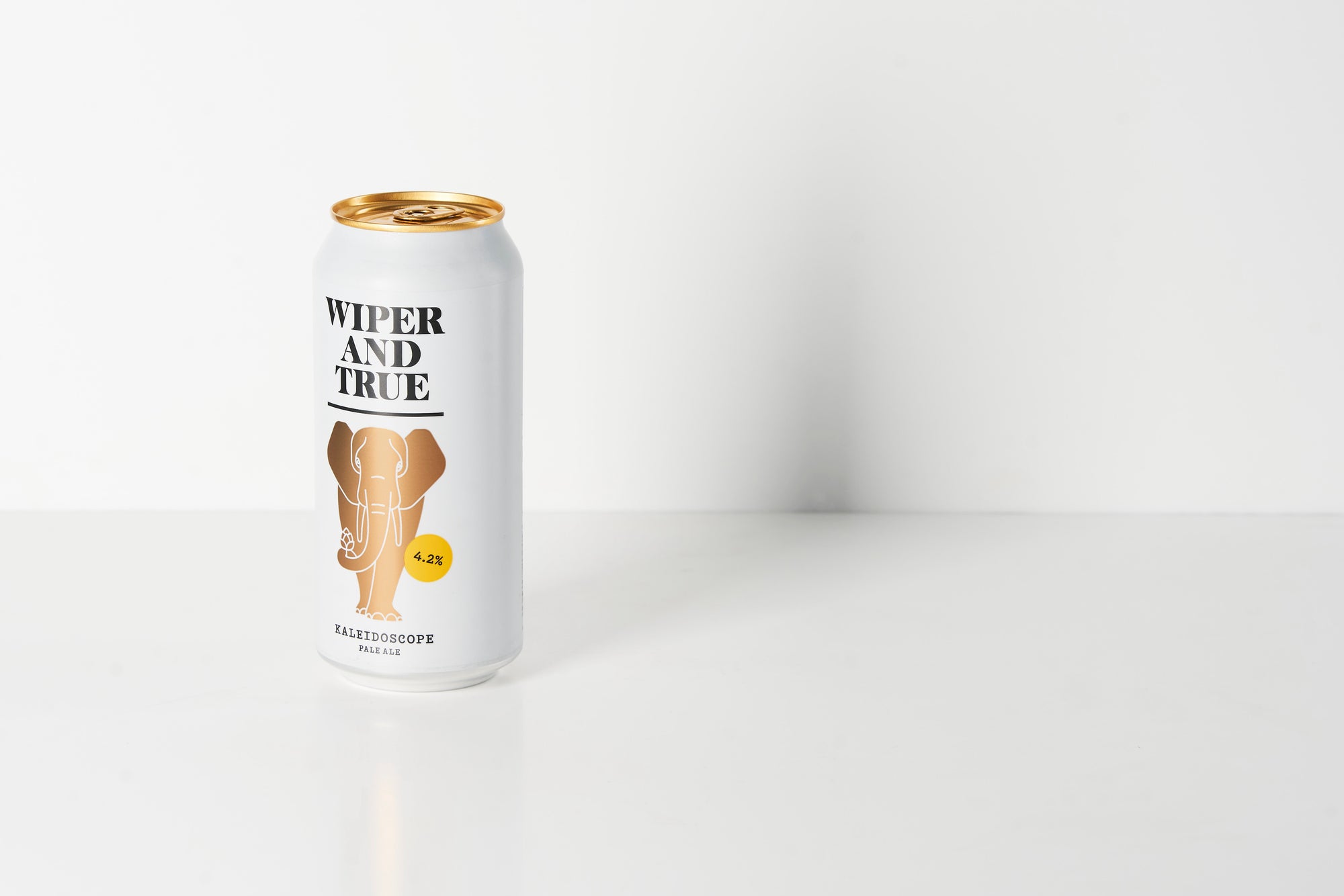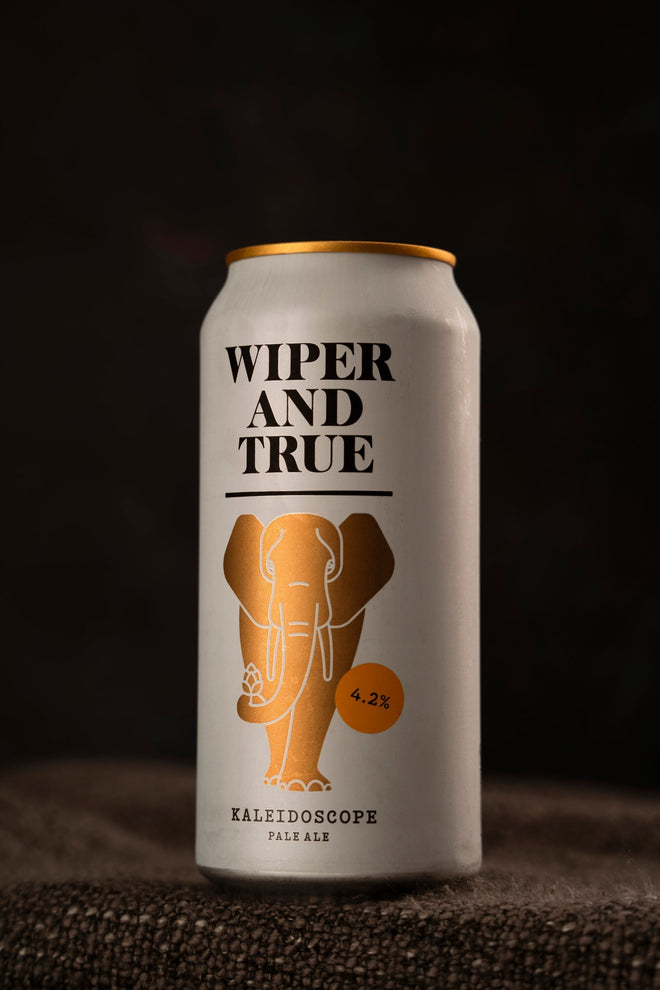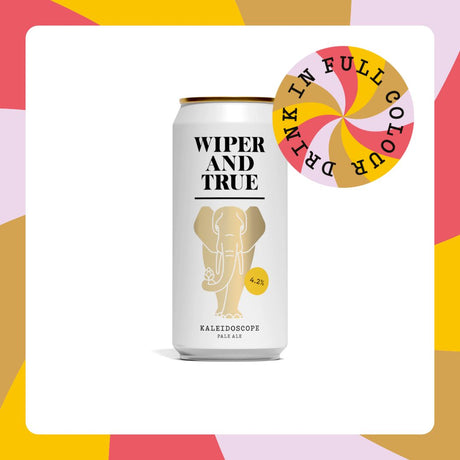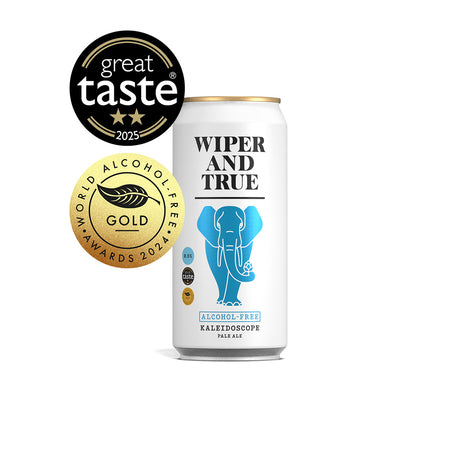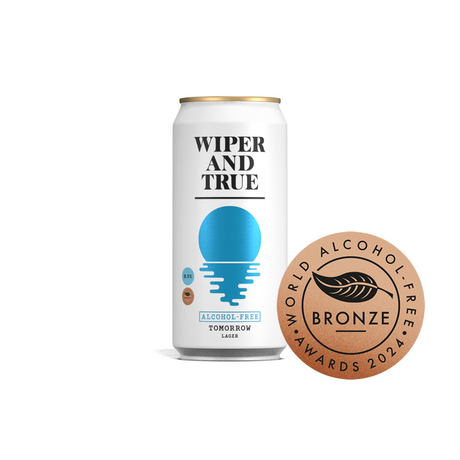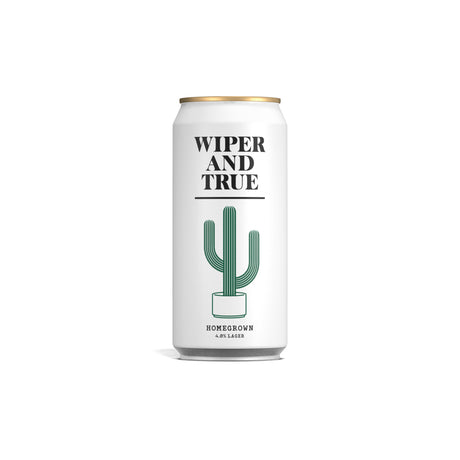Barrel-Aged Swally

This week we are delighted to release an indulgent barrel-aged version of Swally, our interpretation of a traditional Scottish style called Wee Heavy. This is a beer which we feel lends itself beautifully to barrel ageing; the base brew features a rich, sweet malt bill, adorned with notes of cherry and marzipan. After maturing in tank the beer was then transferred into red wine barrels, evolving further and picking up tantalising characteristics from its new vessels. The finished beer showcases a fantastic array of rich, delicious fruit cake and apricot flavours. You can order it directly from our online shop here.

Swally is available to buy online today and will be in bottle shops across the country from next week, but before you get your hands on it - or perhaps to read as an accompaniment to your first glass - we wanted to dig a bit deeper into the Wee Heavy moniker, and explore the fascinating world of Scottish beer styles and names.
The shilling system
At Wiper and True we’ve always admired the traditional. Whilst we are naturally driven by a desire to innovate, experiment and refine our processes and recipes, we’ve also always been enamoured by the rich historical and socio-cultural heritage of brewing. It’s an undeniably fascinating world that’s always held a certain allure for us, with much to unpack and explore; not least the seemingly strange terminology and naming systems that anchor many of the beers we make and drink today back in their historical context.
One such great - although initially confusing - nugget of brewing history is the terminology surrounding the naming of Scottish beers known as the shilling system. Dating back to the nineteenth century, the shilling system connects to the invoiced cost of a type of cask known as a hogshead. As standard, these casks held 250 litres of liquid, but if their beery contents had a higher ABV, or was superior in quality then the hogshead would cost more; a fair enough system, we’d say. Back in the 1800s, this was the way that both landlords would order beer to sell, and punters would order beer to drink: not by its name, but by its strength and the associated cost of the cask it came from.
As the strength and cost of casks grew, you’d move through different price brackets, from light beers under about 3.5%, to heavy beers that clocked in at around a modest 4%. This moves up to export beers that could edge up to about 5.5%, and finally creeps forwards to the wee heavy - beers that were about 6% or higher. So, rather than asking for ‘a pint of Kaleidoscope, please’, after a hard day’s work you’d be propping up the bar asking for ‘export, please’, which would cost you 80 shillings.
Why brew a Wee Heavy?
Wiper and True’s own Sales Manager, Joe, cut his teeth in the Scottish beer world, working at Stewart Brewing for over three years before coming to join us in Bristol. To this day, Stewart’s 80/- remains Joe’s favourite beer on cask; an Export also known as 80 shilling or 80 bob - keep an eye out and try it if you ever see it! Having worked across the shilling system in his time at Stewart, Joe was keen to share his knowledge and passion, and pushed for us to brew a Wee Heavy when he joined us in 2019. Some of you may have tried the resulting beer two years ago, in it’s non-barrel-aged variation, and this year we think it’s tasting even more delicious after over a couple of years of ageing. In a time when we can’t physically be together, but we’re excitedly looking forward to a moment when that might be possible again, we hope you’ll join us in raising a glass. Slangevar!

